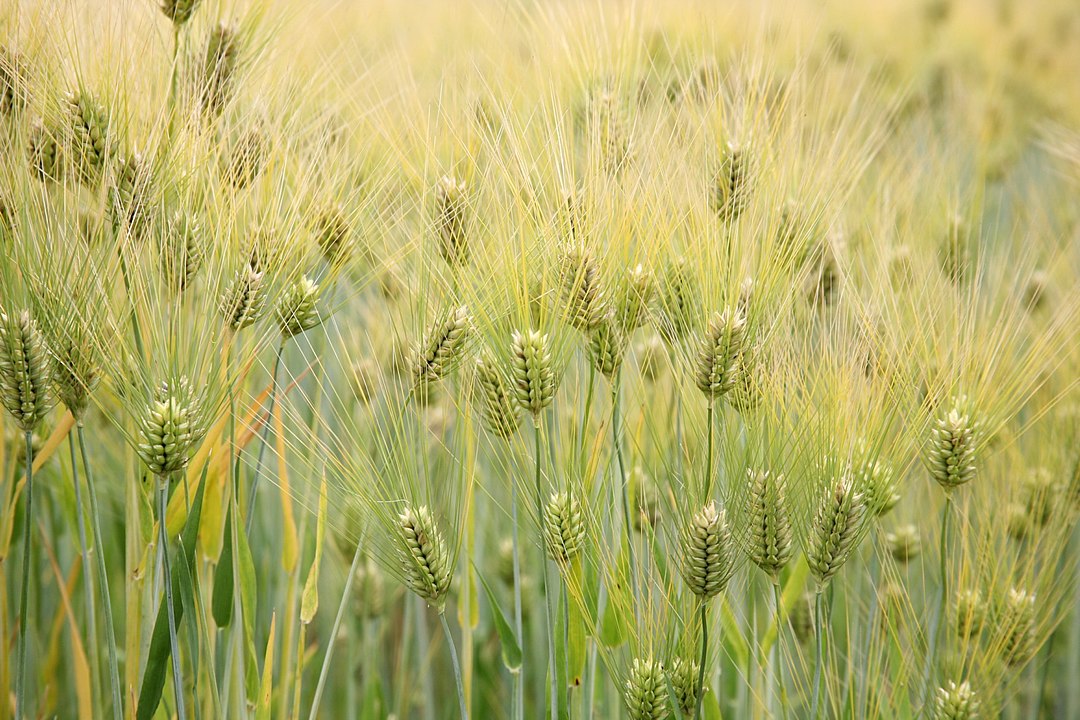Cover crops are grown to benefit the soil, not for harvest. Examples of cover crops can include peas, winter rye, sorghum and barley. The use of cover crops allows farmers to protect their soil before and after they harvest annual crops so that the ground is always covered. Cover crops are a sustainable technique, as they build healthy soil and conserve water, but could they help fight food insecurity?
According to experts, 26.4 percent of the world’s population faces moderate to severe levels of food insecurity, a percentage that amounts to 2 billion people. Global food insecurity is largely concentrated in Sub-Saharan Africa, Latin America and the Caribbean, and the rates are determined by factors such as income inequality, food prices and food distribution. Many food-insecure places are affected by droughts and dry seasons. The utilization of cover crops in food-insecure areas may help mitigate the effects of climate change, such as drought and extended dry seasons.
Environmental Protection
Building up organic matter in the soil is an integral part of protecting waterways since nitrogen and phosphorus runoff is the main contributor to water pollution and algal blooms. Utilizing cover crops can provide agricultural communities with long-term protection, building up healthy soil that is more resilient in the future. Additionally, certain types of cover crops do not require tillage, helping keep carbon in the ground. In some climates, farmers may also harvest cover crops without removing the roots, diversifying their operation while also protecting the ecosystem.
Current environmental disasters in food-insecure countries, such as the desert locust in West Africa and parts of India, are a result of climate change. Extractive farming methods, like tilling, only exacerbate the effects of climate change. Many farming methods rely on fossil fuels and technology to operate, a luxury that many communities do not have, and one that is not a sustainable solution. Cover cropping offers significant environmental protection, without reliance on external inputs.
Drought Resilience
Up to 600 million small farmers and farm laborers in subtropical regions experience seasonal hunger and food insecurity due to extended dry seasons. With a changing climate, natural disasters are becoming more common and more intense. Based on the geography of food insecurity, the use of cover crops and other sustainable farming practices may help lessen the influence of climate change on vulnerable populations. Cover cropping helps store water in the soil rather than letting it runoff into waterways.
While economic instability and high food prices are important factors to food insecurity, drought and conflict are the main causes of food insecurity. Drought-affected areas are much more vulnerable to extreme weather patterns as a result of a changing climate. Human activity has also exacerbated these effects, with population growth forcing low-income communities into less than ideal regions often lacking the proper resources. Cover crops are an easily incorporated technique that does not require costly inputs, making them an accessible solution for areas that may lack essential resources.
Economic Security
Cover crops are most often utilized in conjunction with grain crops or other monocultures. Grains and tubers are the most calorie-dense and affordable food group, and most food-secure countries have diets that heavily rely on these crops. Cover cropping may contribute to higher levels of economic security by improving soil quality that farmers rely on for affordable food crops.
Farmers will need to be financially motivated to engage. Education and economic incentives will drive change for farmers, since many are unaware of the benefits of cover crops, or lack the finances to make the investment.
Cover crops, among other sustainable farming practices, can provide economic security that is much more sustainable than the current industrial system. A chemical-dependent agricultural system will not feed the world. Food-insecure countries don’t need more pesticides, genetically modified crops or biotechnology. Farmers in the United States and around the world need an economic system that incentivizes health soil and works to rebuild ecosystems rather than control them.
A Sustainable Solution
The solution to greater food security around the globe is not to industrialize agriculture but reinforce techniques like cover cropping that work with nature to find a solution. Cover cropping has a host of benefits, such as water conservation, building organic matter, higher yields and a reduced need for chemicals. Cover crops include a variety of plant species, making them easily applicable to communities all around the world.
Cover crops may help fight food insecurity due to their drought resilience, conserving water during dry seasons. They may also provide economic security and environmental protection, helping vulnerable communities become more resilient and financially stable.
Teaser photo credit: By Cliff from Arlington, Virginia, USA – Barley (Hordeum vulgare), CC BY 2.0, https://commons.wikimedia.org/w/index.php?curid=25486048





